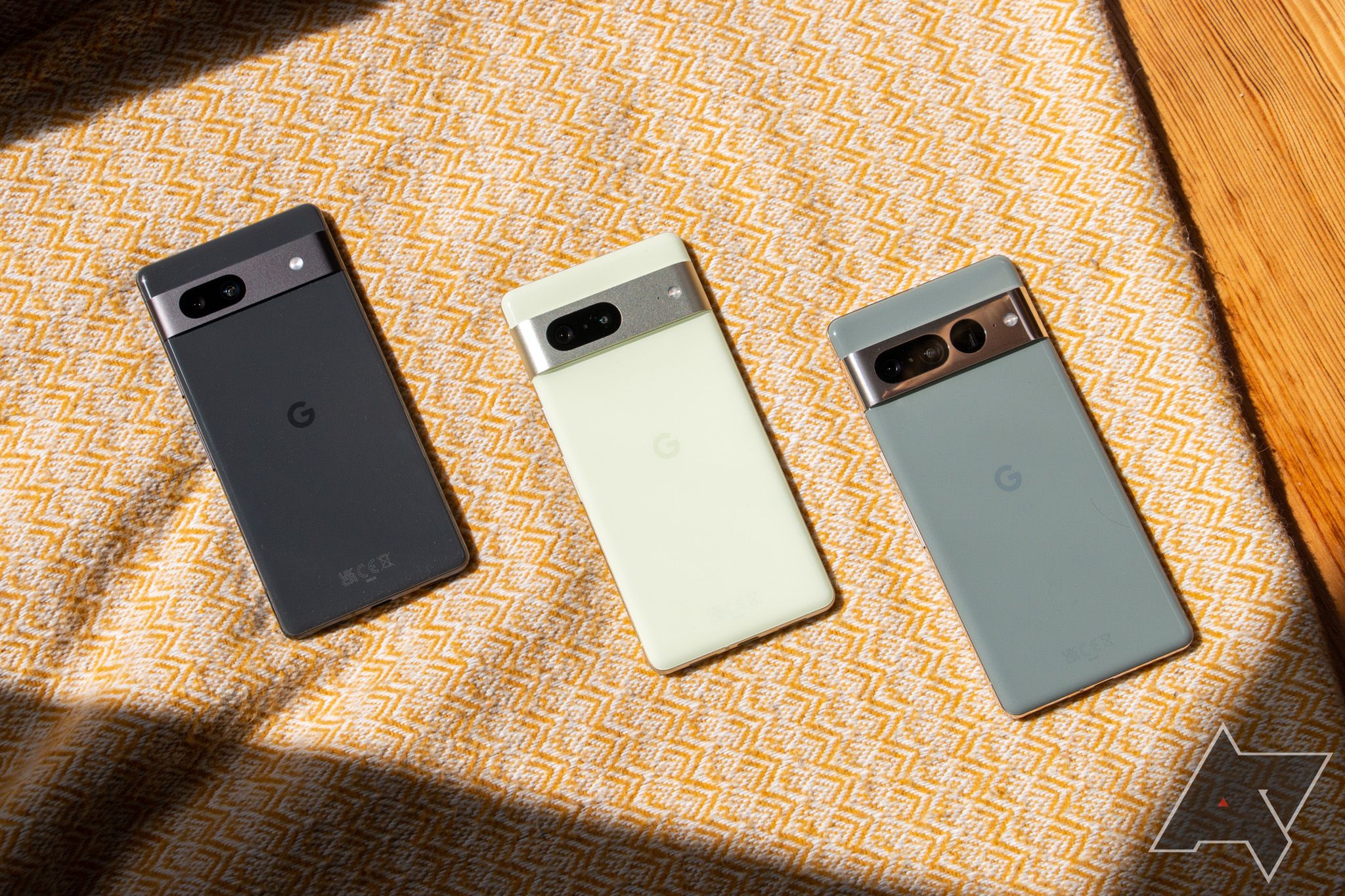Tech
The Pixel 8a should be Google’s last A-series phone
A lot is riding on the shoulders of Google’s Pixel 9 series, as the company is preparing for a flagship smartphone shake-up by offering three high-end devices — alongside a rebranded foldable — for the very first time. Changes in positioning are never easy, but it might be even tougher for Google as its phone models often struggle to differentiate themselves. This is why the Pixel 9a just shouldn’t exist.
Yes, it might be a little too early to talk about the Pixel 9a when the 8a is yet to launch, but that’s when the problems will start. Google’s approach with its Pixel phones is to launch the high-end flagship models in the fall, followed by an affordable variant the next summer. So, while the Pixel 8 and 8 Pro have been around since October 2023, the Pixel 8a is likely to be unveiled at Google IO in mid-May. There’s nothing wrong with a half-year lag between the top and bottom variants, but the problem is that they are hardly unique in comparison. Here’s why.
Classic case of cannibalization?
The barrage of Google Pixel 8a leaks suggests that it will be quite similar to the Pixel 8 on many fronts: a relatively small 120Hz screen, the same Tensor G3 chipset with 8GB of RAM, a battery in the ballpark of 4,500mAh, a standard and an ultra-wide rear camera, all served with a big helping of AI.
Basically, all aspects where smartphone OEMs try to differentiate themselves are points of parity within Google’s Pixel lineup. The only differences between the two are likely to be the choice of materials (glass vs. plastic), marginally different dimensions, and slightly slower charging. And with new rumors suggesting that the Pixel 8a will be more expensive than its predecessors, it’s become harder to notice any major differences. There’s also a risk of Google pricing itself out of the budget smartphone market — a segment that has been Google’s stomping ground, especially in North America.
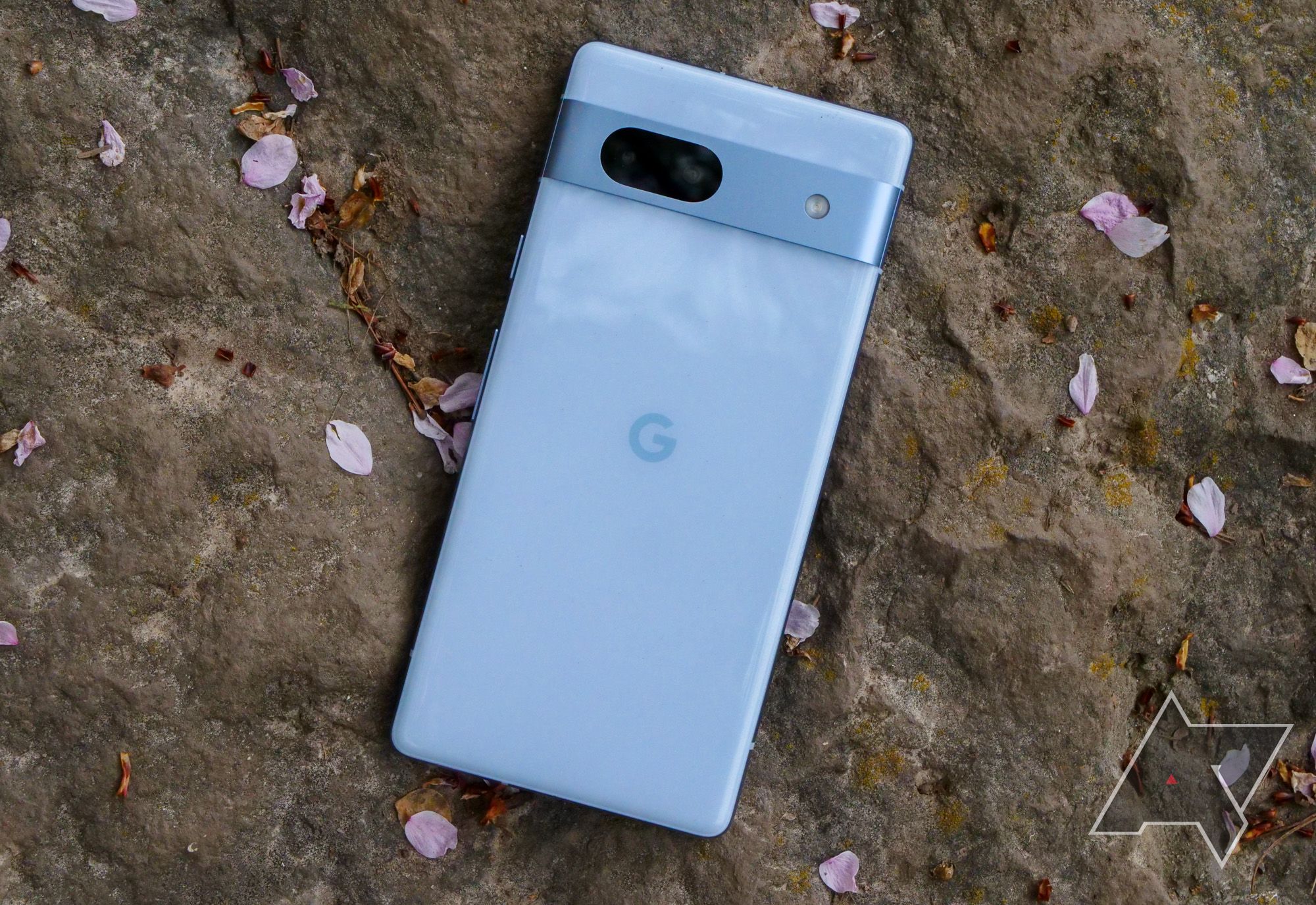
The Pixel 8a might cost nearly as much as Google’s 2022 flagship
Get ready to pay even more for the next A-series entry
So, in a situation where a consumer needs to choose between the Pixel 8 and the Pixel 8a, Google is not making a strong case for the more expensive option — and that’s a problem. Google’s smartphone division has just begun to plant its foot and needs all the money it can get. But this is the opposite of upselling.
Too many options
Leaked renders of the Pixel 9.
If this wasn’t messy enough, it seems like Google is about to launch three Pixel 9 devices later this year, adding to the confusion for consumers. As per a new report, the 2024 flagship lineup will include the vanilla Pixel 9, a Pixel 9 Pro in a new compact avatar, and larger (and hopefully much better) Pixel 9 Pro XL.
If history is any indication, the two smaller phones will be different only in terms of the number of rear cameras, and the two Pro phones will be of two different sizes. Apart from some minor battery size and charging speed variances, that should be about how the three phones will be laddered. While it is exciting to see Google take a stab at making a premium compact Android phone, it only adds more confusion to the process. Considering how Google managed the Pixel 8 and 8 Pro, reserving certain software features for the Pro variants is not off the table either.
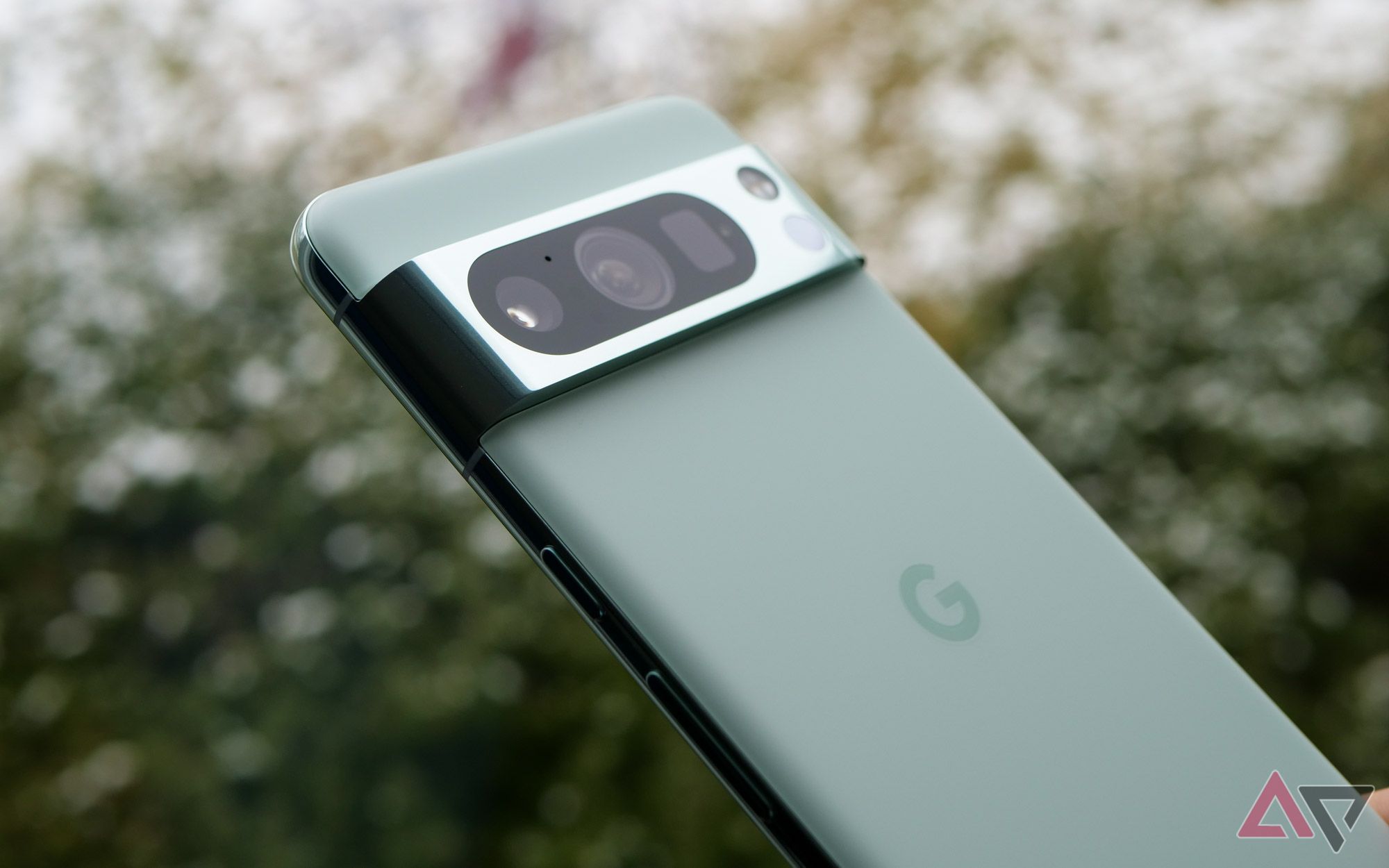
The Pixel 9 Pro could be the premium compact Android phone we’ve been waiting for
A more-than-worthy competitor to the iPhone 16 Pro
Now imagine what a consumer will go through when having to choose between three similar phones — the Pixel 9, Pixel 9 Pro, and Pixel 9a — all featuring the same dimensions, the same chipset, similar battery sizes, and the same software. That is exactly what will happen if Google launches the Pixel 9a in the summer of 2025. It’s overly confusing, and the price range simply doesn’t make it feasible.
My suggestion? Skip it entirely
There are better ways to ladder products at different price points in a way that is more profitable for a manufacturer and simpler for users to understand. By skipping the Pixel 9a, Google can ensure that the other three members of the Pixel 9 family can occupy their respective segments without facing the risk of cannibalization.
The bigger benefit could come from a supply chain and manufacturing point of view. Google should consider selling the same crop of phones until summer, and then consider dropping the price on the vanilla Pixel 9 to occupy the sub-$600 segment. Instead of designing, manufacturing, and supporting an entirely new phone, Google can enjoy higher economies of scale and simpler supply chains — which should offset the proposed price drop.
And when it’s time to unveil the Pixel 10 series, the Pixel 9 can remain in the ecosystem as an A-series replacement, a cheaper — but still premium — option for those looking to save some cash on their next smartphone. It’s taking one of the best pages out of the iPhone’s playbook, and it’s one of the reasons Apple manages to score higher profit margins without alienating any market segment. Since Google’s Pixel division is still quite small, an exercise like this might be a worthy consideration.
-
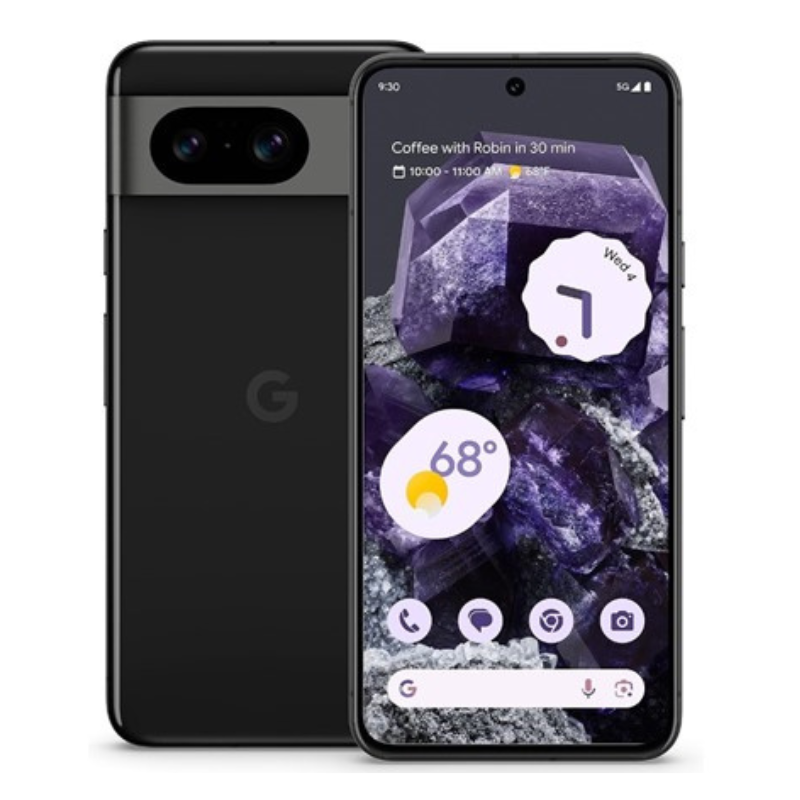
Google Pixel 8
$549 $699 Save $150
The Google Pixel 8 is Google’s best phone yet, and it’s the most distinct regular model when compared to the Pro version. It comes with a wonderful form factor that fits well in the hands and has the usual software prowess that you expect from a Pixel.
-
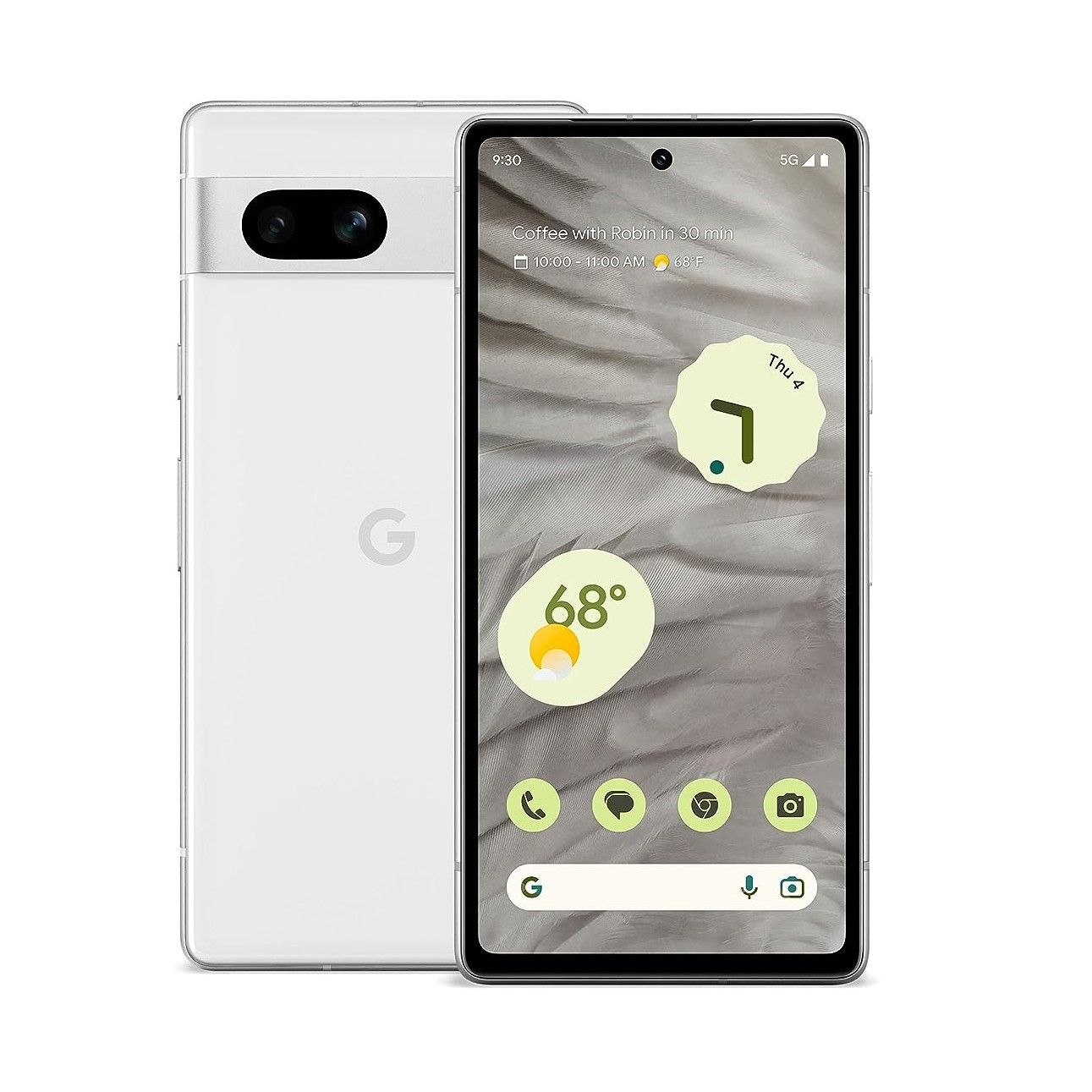
Google Pixel 7a
$349 $499 Save $150
If you are looking for a new device at a midrange price, the Google Pixel 7a checks off all the boxes. It has a fantastic camera system, strong power, great software support, and good battery life. It may be midrange in price but feels closer to its flagship siblings overall.

